Fireworks come in countless varieties today—from Roman candles to aerial cakes and more. With a little creativity, you can design a fireworks show tailored to almost any theme, whether it’s a family gathering or a festive celebration.
But fireworks have come a long way since their invention in China. The earliest fireworks were made from bamboo. In this article, let’s take a brief look at the fascinating history of fireworks.
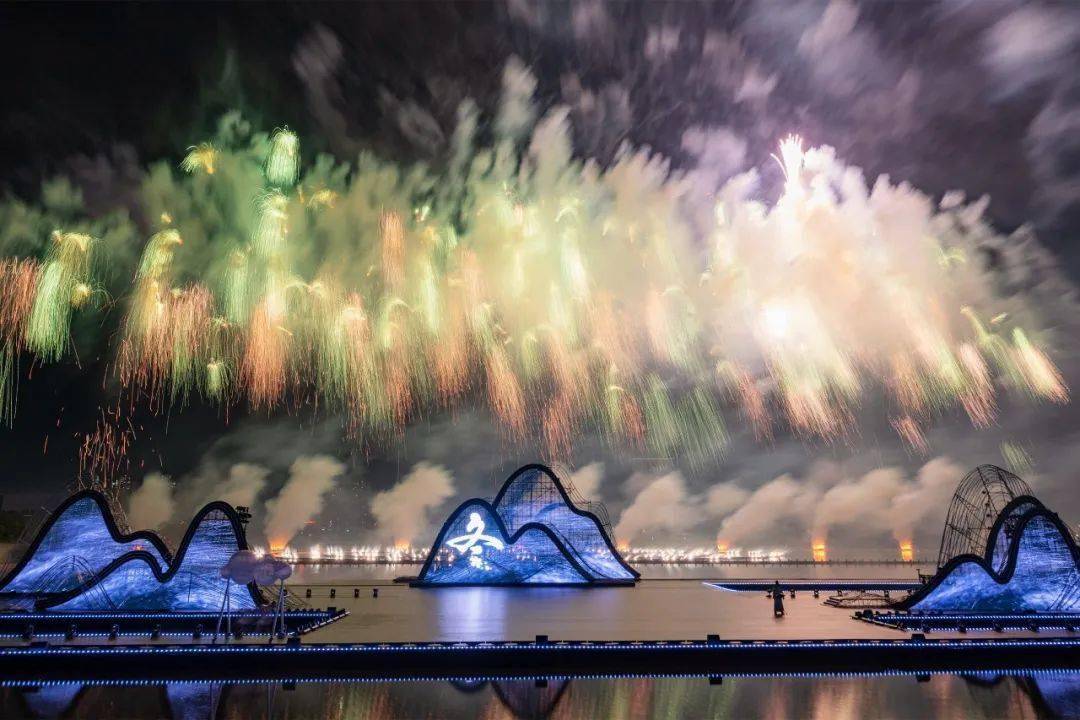
Who Invented Fireworks in China? When?
As early as 200 BCE, during the Han Dynasty, people would throw bamboo joints into fire, causing them to explode with a crackling sound—like primitive firecrackers.These early firecrackers had many drawbacks: they were sensitive to moisture, prone to breakage, slow to ignite, and often burned incompletely. Later, gunpowder was invented. However, the earliest gunpowder mixtures weren’t suitable for firecrackers. Not until the late Ming and early Qing Dynasties did a blend of saltpeter, sulfur, and charcoal lead to a major breakthrough in the craft of fireworks.
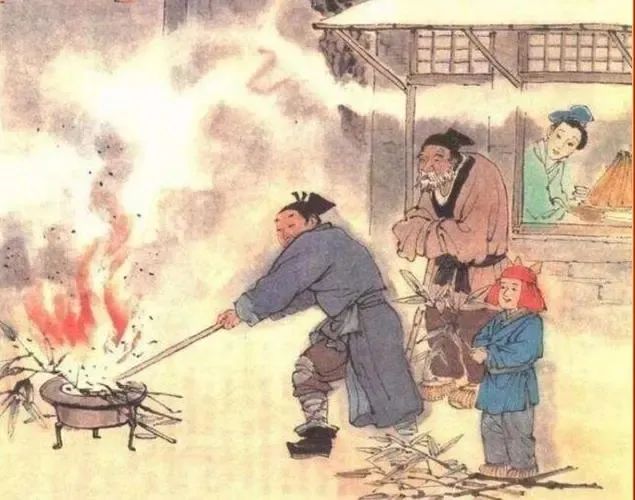
The person credited with inventing fireworks is Li Tian (601–670 CE), a native of Tongzhou (now Mianyang, Sichuan Province) during the reign of Emperor Taizong of the Tang Dynasty. He developed bamboo tube firecrackers that used gunpowder to create explosions of light and sound—meant to drive away coldness and enhance celebration. During the Tang era, he was appointed as a gunpowder technician in the imperial court. After many trials and improvements, he succeeded in making effective bamboo firecrackers. These became widely used and eventually evolved into a beloved tradition during Chinese festivals.
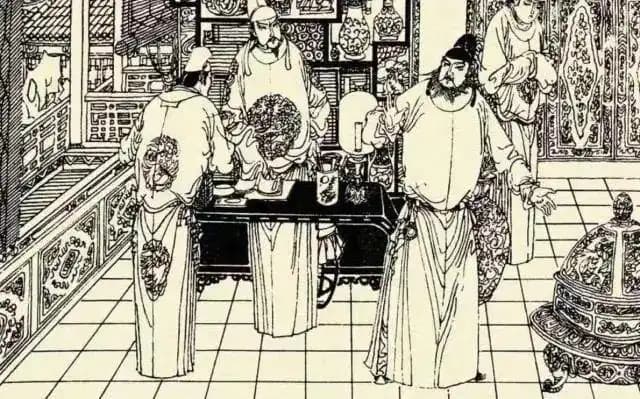
A Brief History of Fireworks
After their invention, fireworks quickly gained popularity in China and eventually spread across the world. During the Song Dynasty, bamboo firecrackers evolved into rolled paper tubes filled with gunpowder and fitted with fuses—the prototype of traditional fireworks. These paper tubes were often tied together on long strips to form strings of firecrackers, designed to burst in rapid succession, similar to modern aerial cakes.

From the 11th century onward, fireworks became common in Chinese festivals, ceremonies, and even in warfare. People believed that lighting fireworks during weddings or religious events could ward off evil spirits. Their loud bangs were thought to drive away demons. Fireworks were also used in battle—for launching flaming arrows at enemies or even frightening away pests like rats through psychological warfare.

The Birth of Colored Fireworks
The concept of colored fireworks also originated in China, based on early knowledge of chemical reactions that produced colored flames and smoke. Some chemicals added to low-nitrate gunpowder mixtures included:
- Arsenic sulfide (yellow)
- Copper acetate (green)
- Lead carbonate (purplish white)
- Mercurous chloride (white)
The First Fireworks in Europe
It was Marco Polo who first brought knowledge of fireworks to the Middle East after his travels in China. Later, the Crusaders carried this knowledge to England and the rest of Europe. Fireworks emerged alongside the discovery of gunpowder. English scholar Roger Bacon discovered that saltpeter was the key to gunpowder’s explosive force. He encoded his findings in ciphers, which delayed their public use for several years.

In 1560, after Bacon’s cipher was cracked, chemists began experimenting with ratios of saltpeter and other substances. As a result, powerful explosives were developed. This revolutionized warfare and marked the end of medieval military tactics, as firearms proved far more powerful than swords.
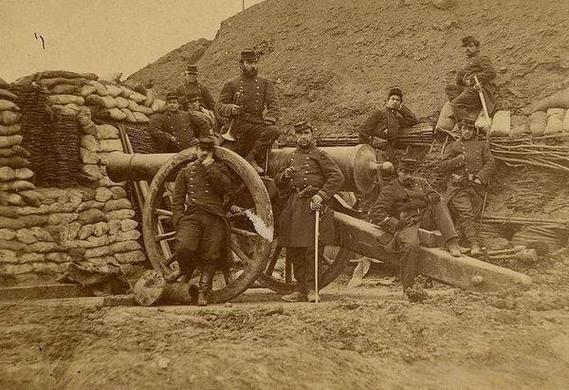
Beyond their use in war, fireworks also became part of public celebrations in Europe. The first recorded use of fireworks at a royal English celebration was during King Henry VIII’s wedding in 1486. Fireworks also became popular in theatrical performances to excite and entertain audiences. Some even blame the fiery destruction of the original Globe Theatre on the misuse of stage pyrotechnics.
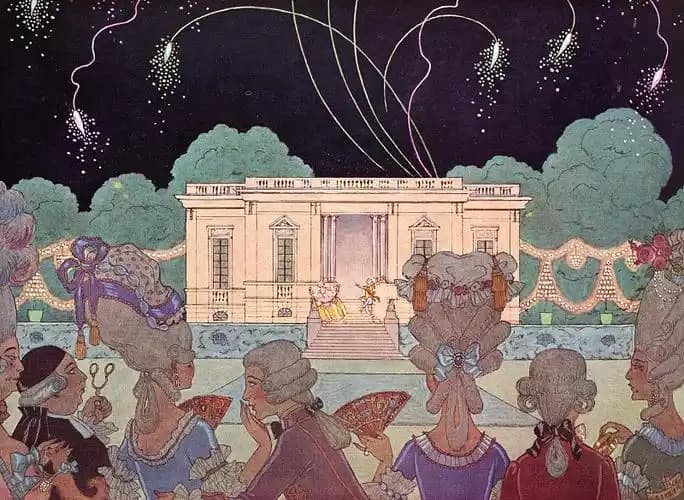
Italians played a key role in developing fireworks further. Through experimentation and creative design, they introduced larger, brighter, and more colorful fireworks that captivated European royalty and the upper class. In 1740, King Louis XV of France commissioned the renowned Italian team, the Ruggieri Brothers, to design a magnificent fireworks display for the wedding of Louis XVI and Marie Antoinette at the Palace of Versailles. The event featured 20,000 rockets and 6,000 mortars, illuminating the night sky for miles.
By 1786, European alchemists began using elements such as barium, potassium chlorate, strontium, copper, and sodium to oxidize and produce even brighter and more vivid colors. The isolation of magnesium and aluminum also enabled the creation of bright silver-white flashes—effects we still see in modern fireworks today.
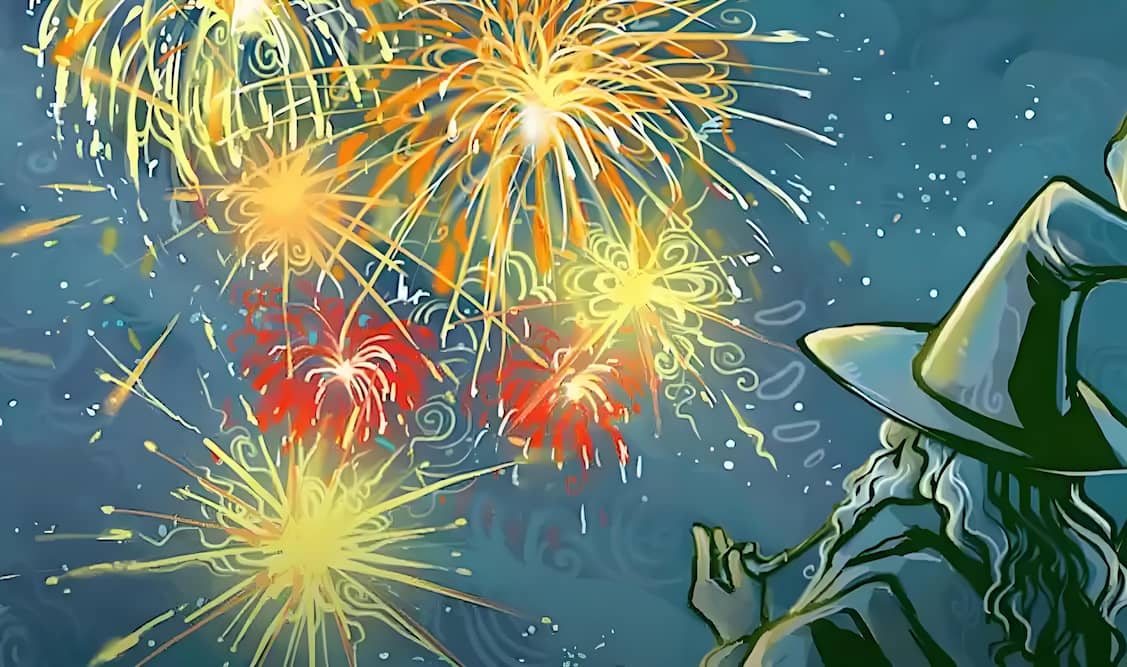
Symbolism and Culture
Over time, the techniques and artistry of fireworks continued to improve. By the Ming and Qing Dynasties, China had developed a comprehensive craft system for fireworks, including a wide range of effects and forms.
Fireworks were also given deeper cultural meaning. In ancient China, they symbolized good fortune, celebration, and prosperity, often used in prayers for peace, harvest festivals, and other joyful occasions.
In the modern era, fireworks are viewed more as an art form and cultural symbol, widely featured in festivals, national ceremonies, and global celebrations.

Today, fireworks are an inseparable part of Chinese traditional culture. Every year during the Spring Festival, grand fireworks displays take place across the country, drawing millions of spectators. These shows not only highlight the beauty and charm of Chinese tradition but also express the people’s enduring hope for happiness and a better life.
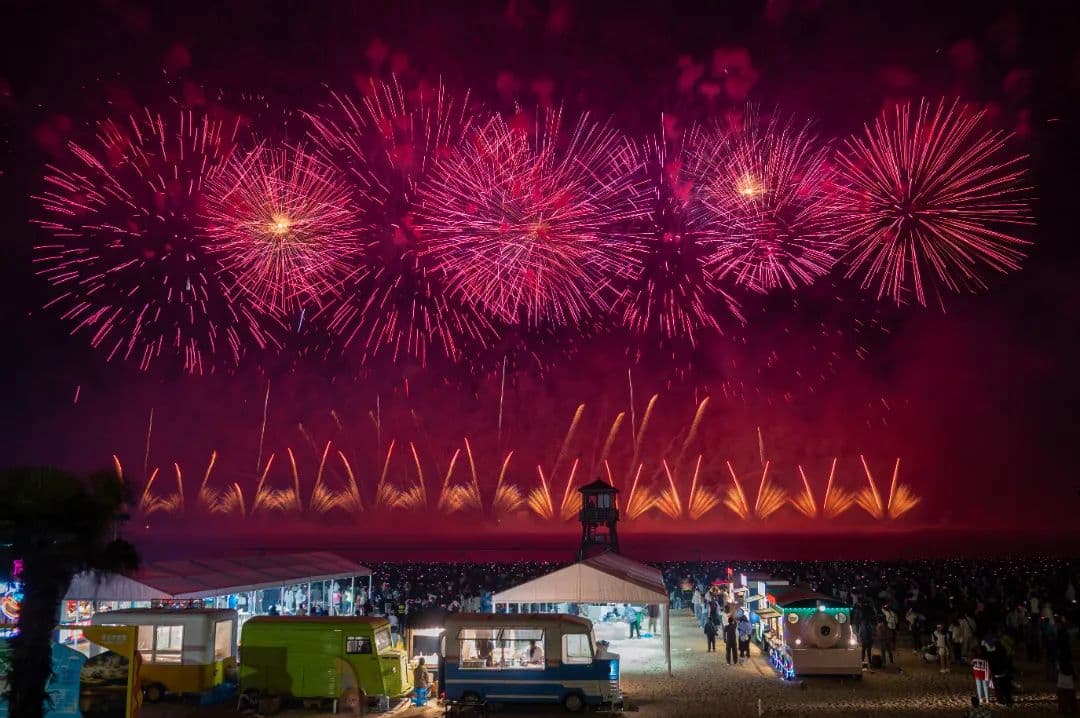
As we look back on the rich history of fireworks—from ancient bamboo tubes in China to dazzling global spectacles—we’re reminded that this brilliant tradition continues to evolve.
At PyroNexa, we’re proud to be part of that evolution, combining centuries of craftsmanship with modern innovation to deliver fireworks that celebrate not only light and color, but culture, emotion, and imagination.
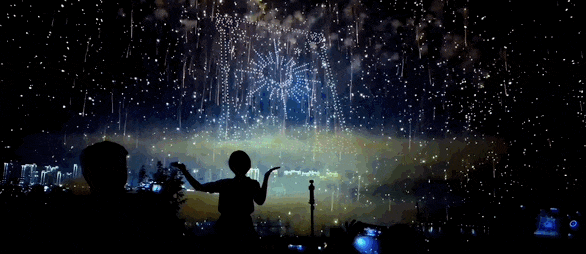
Whether you’re planning a cultural festival, a public event, or a private celebration, PyroNexa offers customized solutions and OEM services to bring your vision to life.
We warmly welcome global partners to visit our facilities in Liuyang, the heart of China fireworks industry, and experience the legacy behind every spark.
